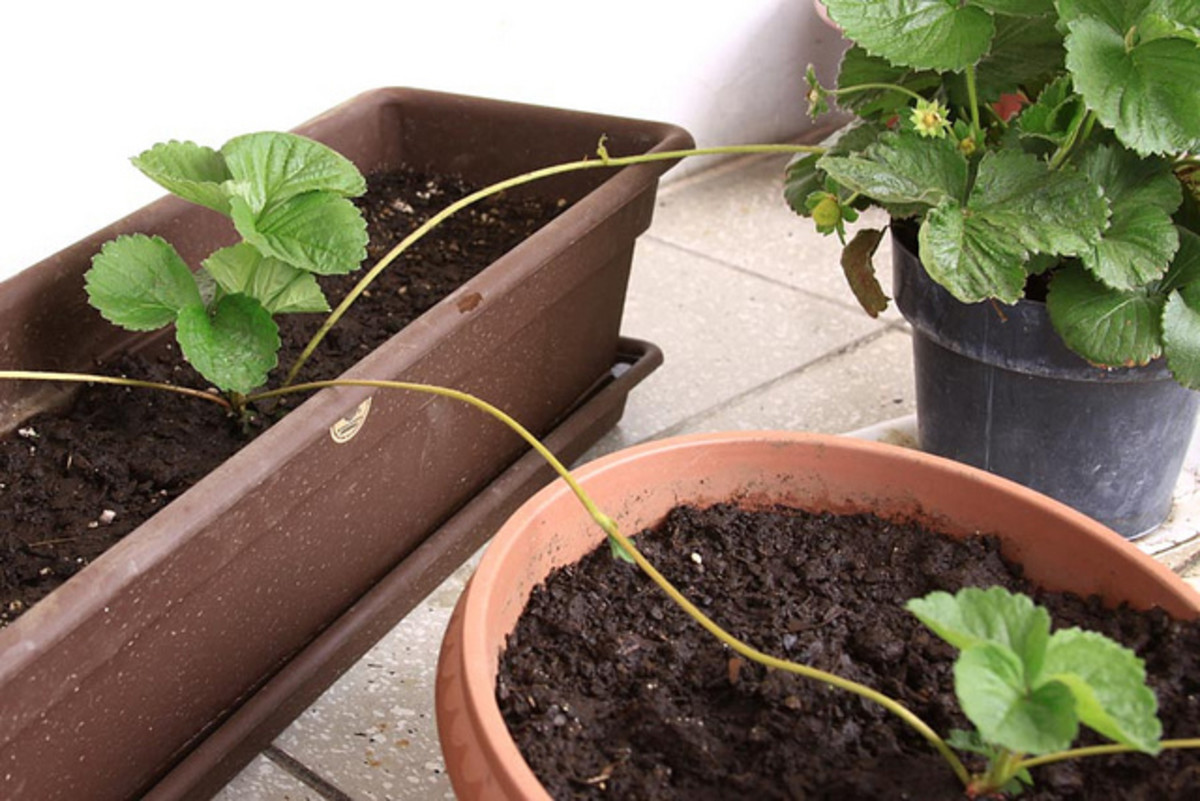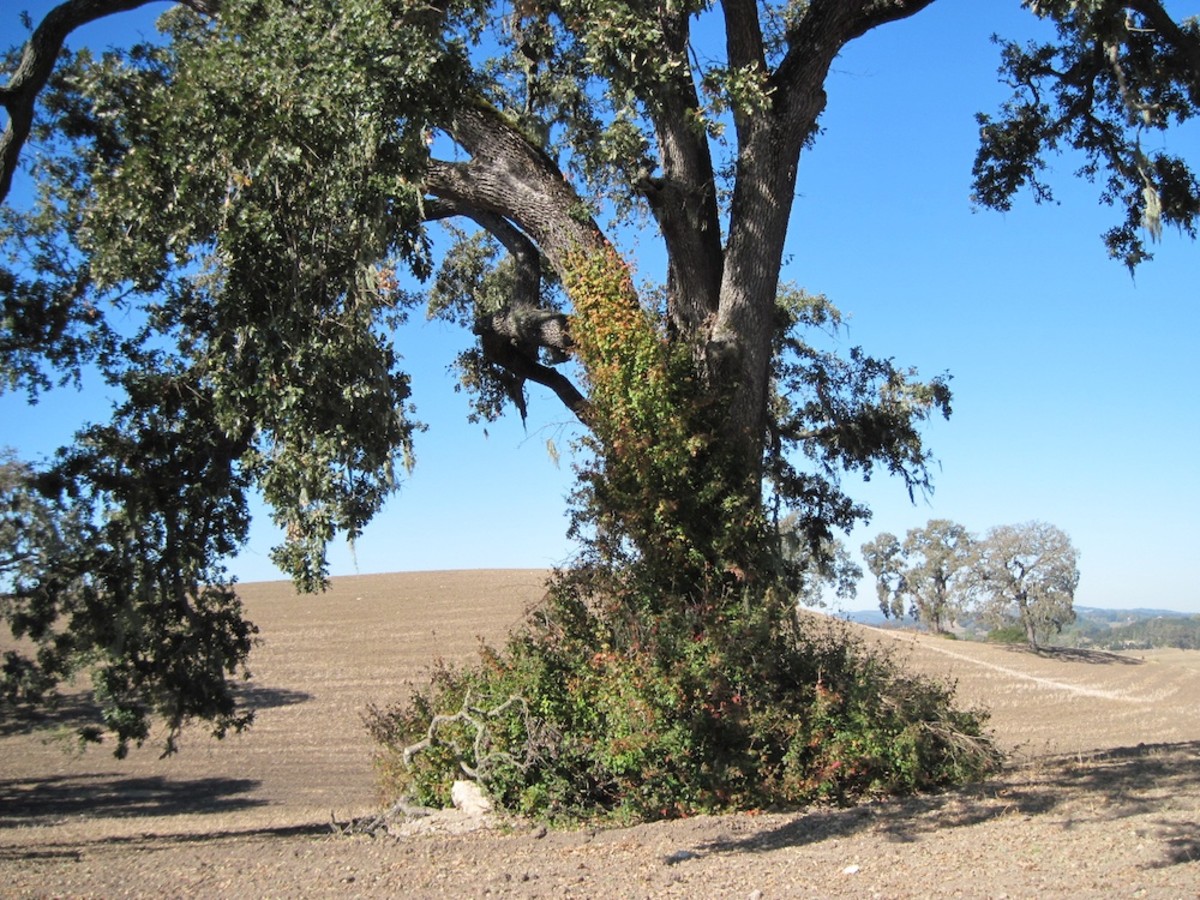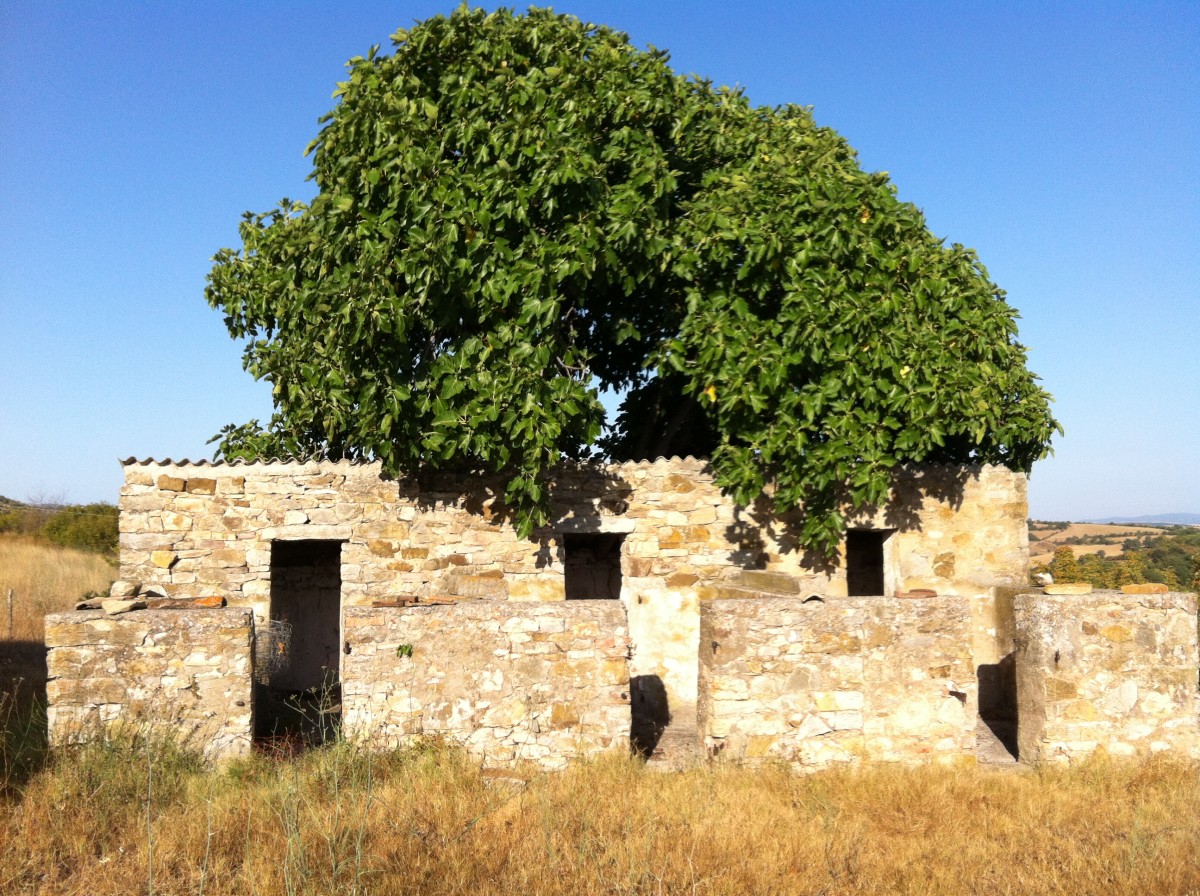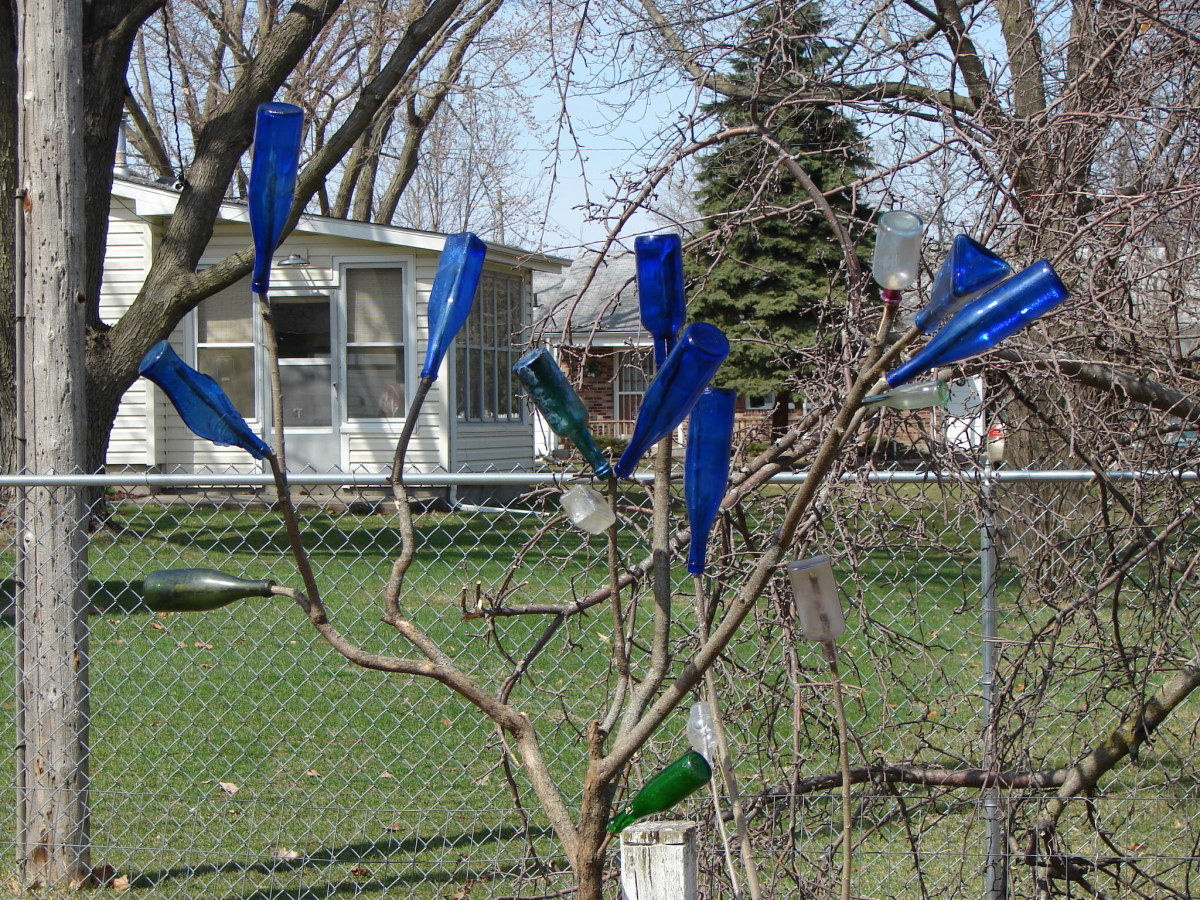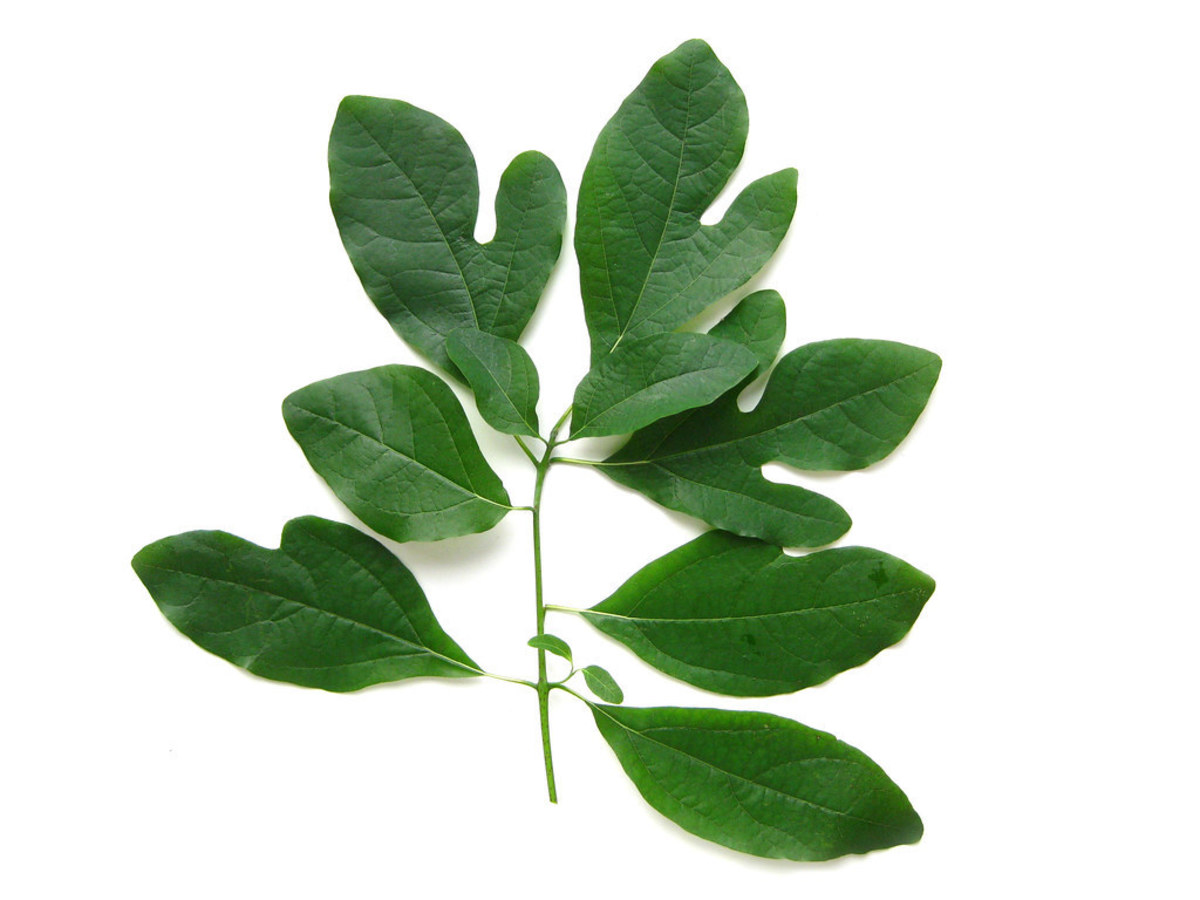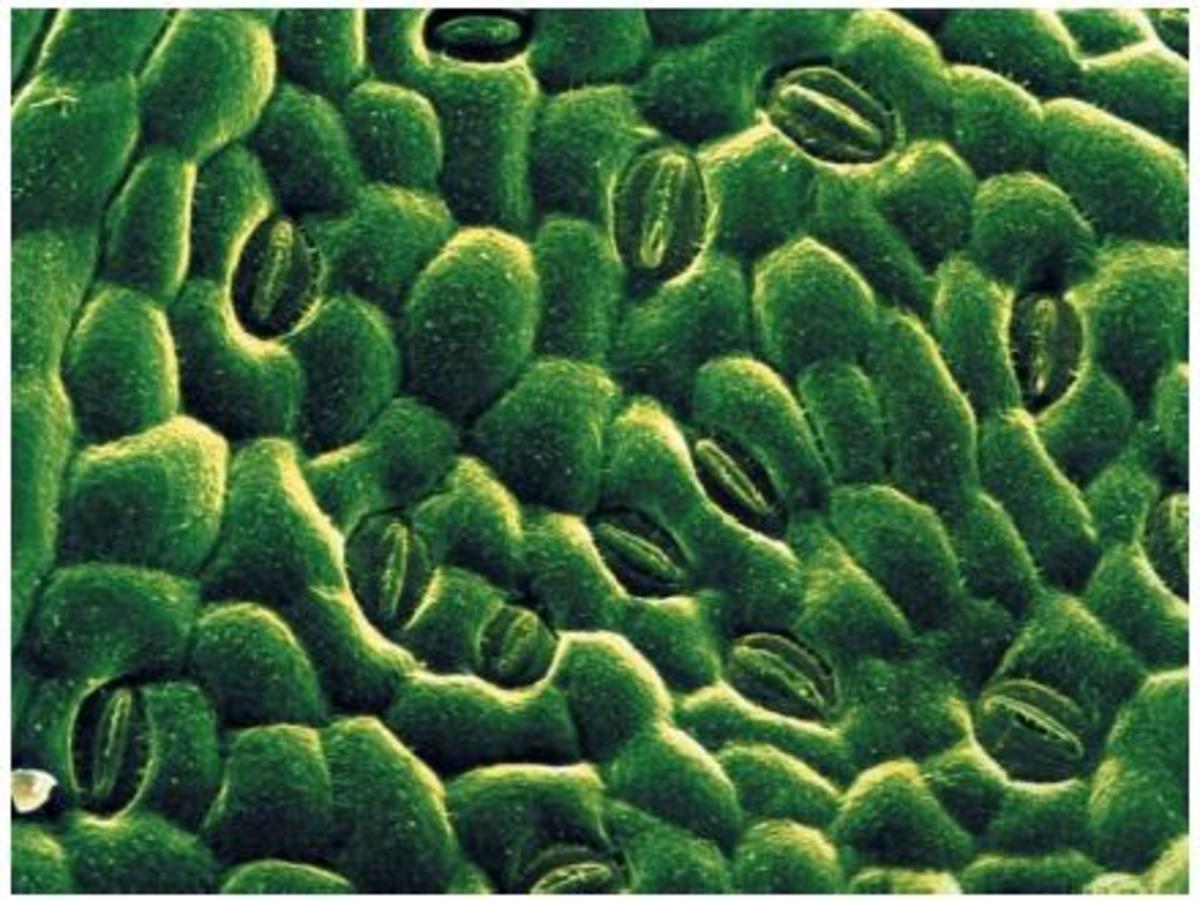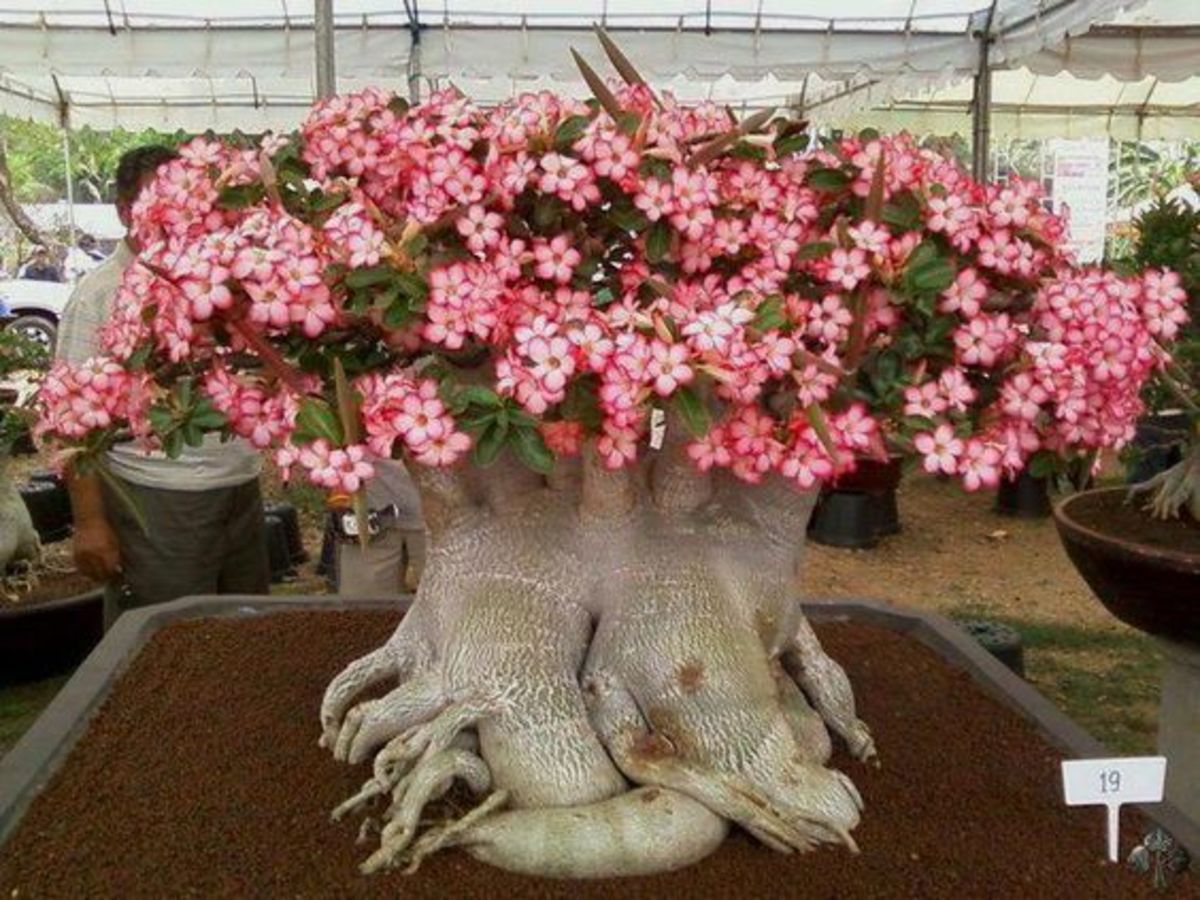Underground Stems
Underground Stems
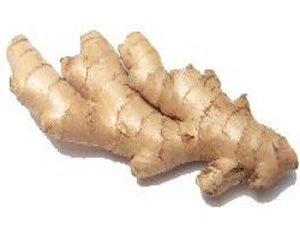
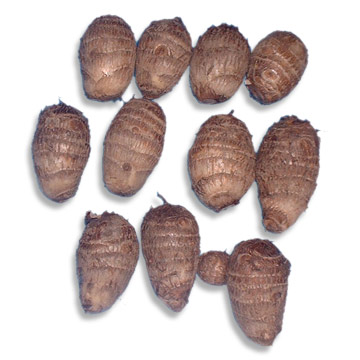
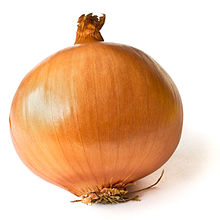
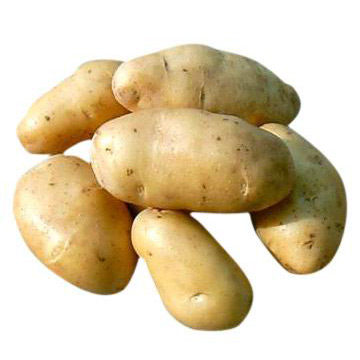
The stem is the part of that usually grows above the ground. It has two main functions- firstly, it supports various parts of the plant like branches, leaves, flowers and fruits and secondly it transfers water and nutrients from the roots to different parts of the plants body. Apart form these functions; the stem sometimes performs some special functions also. Storing the food is one of them. These are called modified stems.
Among the modified stems, the stems, which are found under the ground, are called underground stems. These stems remain in a dormant state but under favorable conditions, plants sprout from their buds. These stems store the food and become thick and fleshy. By the process of vegetative reproduction, they give rise to new plants. Underground stems are mainly of four types – rhizomes, tubers, bulbs and corms.
Rhizomes are straight, thick and fleshy underground stems. These grow horizontally under the ground. Ginger, turmeric, fern, lotus, canna, surgarcane, etc. are such stems. They possess nodes and internodes. Roots arise form lower part of the stem. When these roots are cut or plucked off, each part gives rise to a new plant.
Tubers are swollen parts of those branches which grow under the ground. These branches become swollen at their tips due to stored food. From the depressions, the aerial rots arise. Tubers do not produce roots. These stems are mostly round in shape, like potato and Jerusalem artichoke.
Bulb is a big, round shaped bud, on the underside of which is present a small stem. Bulbs arise from the small stem present at the base. Onion, garlic, lily and hyacinth are common bulbs.
Corm is a small, round, vertical underground stem. It differs from bulbs because in bulbs the leaves arising form the stem are fleshy, while corm is mainly made up of pillar-type tissues. Arbi, yam and saffron are such types of stems.

